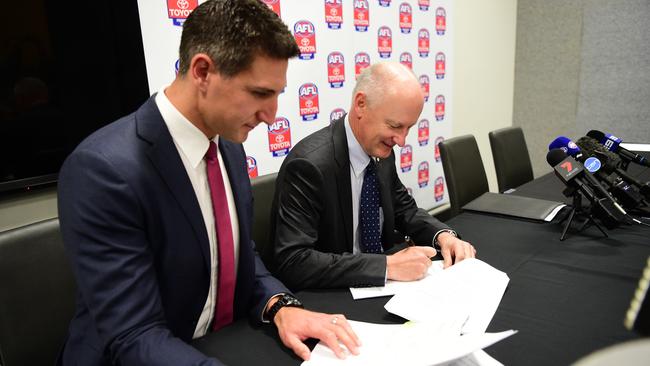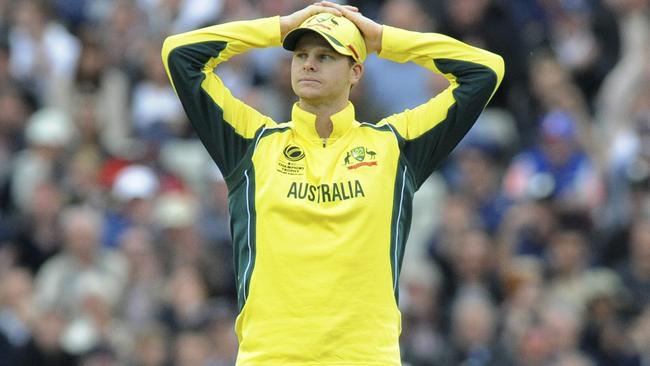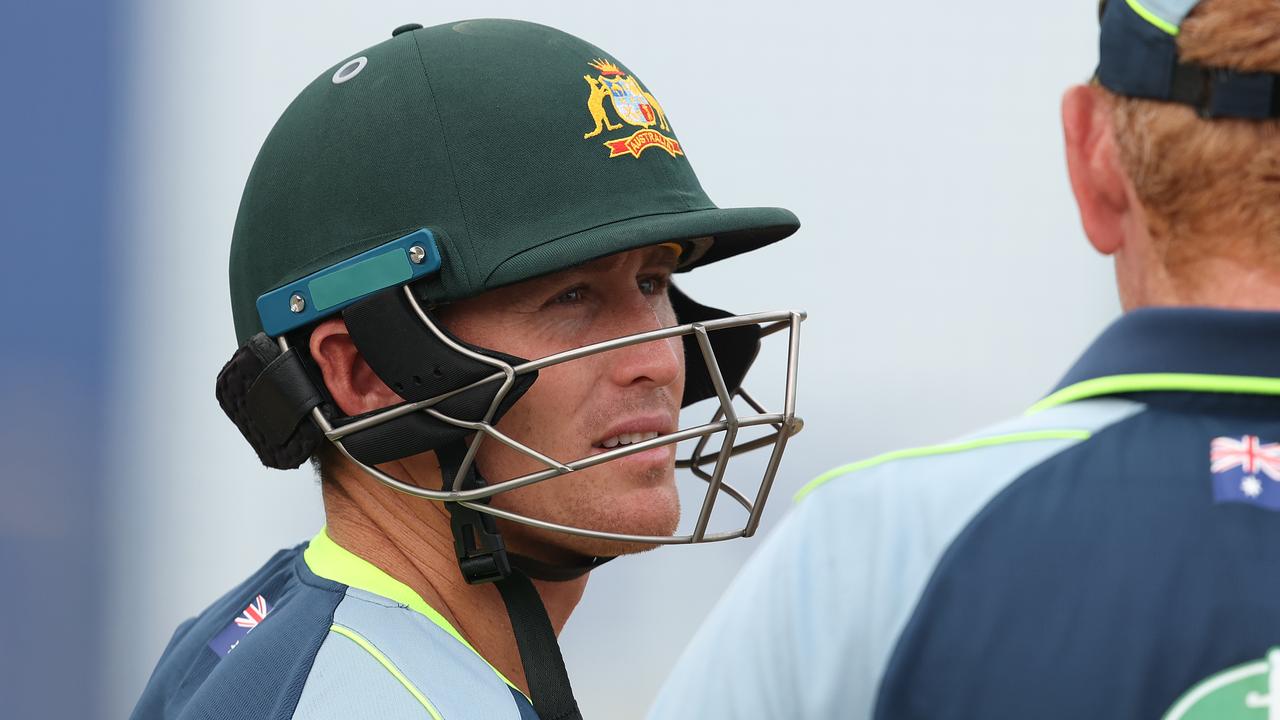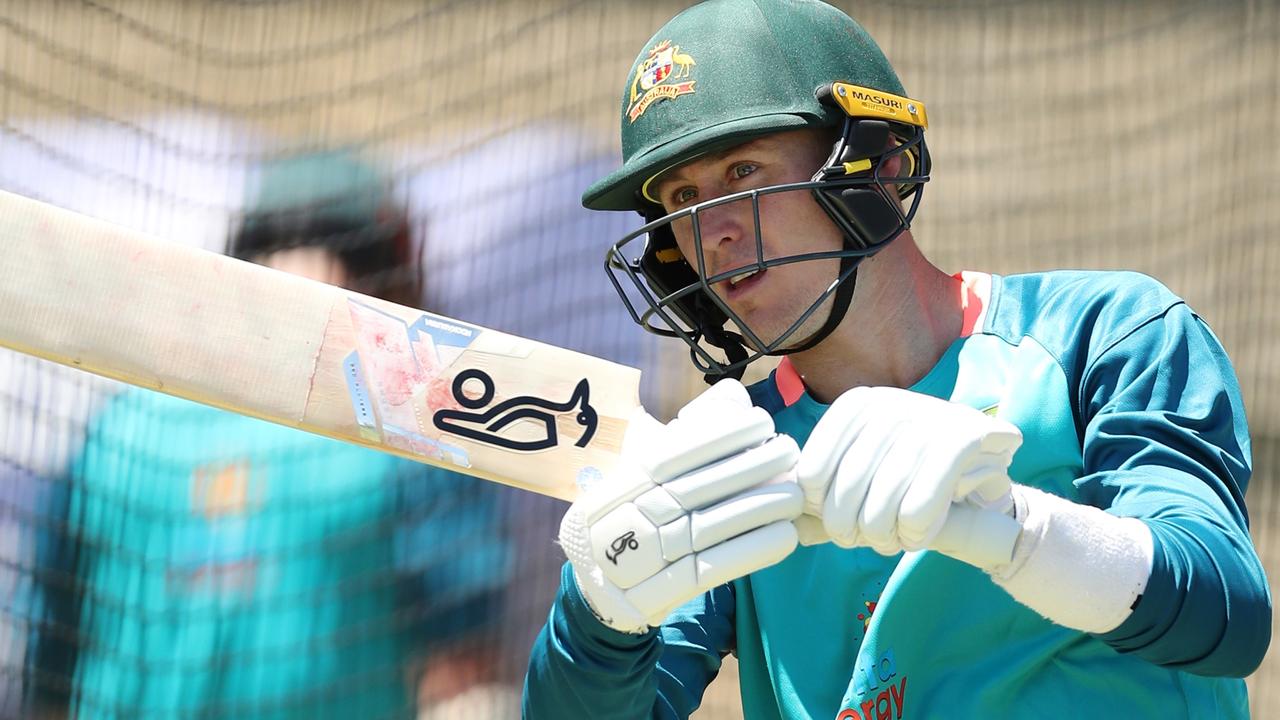360 view: Cricket pay fight a different beast to AFL, but don’t expect sport to be held to ransom
THE AFL’s massive $1.84 billon pay deal for its players should instil a sense of calm in cricket fans worried about the immediate future of their game, writes RUSSELL GOULD.

Cricket
Don't miss out on the headlines from Cricket. Followed categories will be added to My News.
IF cricket fans want to take anything away from the AFL’s massive $1.84 billon pay deal for its players it should be a sense of calm.
Tension is high in cricket circles as June 30 approaches.
That’s D-Day, when the current Memorandum of Understanding between Cricket Australia and roughly 100 contracted players expires.
After that, should there be no movement in negotiations that have only just got going in the past couple of weeks, those players will be unemployed.
Not getting paid, not obligated to play anywhere. Baggy greens in the cupboard.
Around another 70 cricketers will be less affected, locked in to deals with their states that carry them through to June 30 next year, or beyond.
MEANS NOTHING: CA’S COVER DRIVE FOR AFL PAY DEAL

They could even benefit from the standoff and be called on to carry the load for Australia through a Test series in Bangladesh, one-dayers in India, and, maybe, the Ashes over the next six months.
That’s been the threat from those who will be out of contract on July 1, a list which includes all national players, including the likes of Steve Smith and David Warner.
The Aussie vice-captain has shouted from the roof tops too about not playing if a new deal is not done.
FIRING LINE: HOW WARNIE AND PUNTER COULD LOSE OUT
LONG WAY OFF: HOW CRICKET’S PAY BATTLE EDGED CLOSER TO WAR
“They might not have a team for the Ashes,” Warner has said more than once.
But here’s the thing.
The AFL pay talks went eight months past deadline — the previous agreement expired in October last year — before parties seemingly at odds with each other resolved a deal lauded by both players and administrators as a “genuine win-win”.

During the delay there were threats of strikes and sit downs and otherwise which never eventuated. Existing contracts were honoured and new deals were done, all during a period when no wage agreement was in place.
The extra eight months seemingly did not impact the game, or the final agreement, one iota.
Cricket is a different beast in many ways.
It has a smaller player pool to look after, with centrally controlled contracts too which allows for a greater degree of dissent.
There is also the potential for cricketers to leave Australia and ply their trade in Twenty20 leagues around the world, an option not available to AFL players.
But even those wantaway cricketers would, contracted or not, need permission from Cricket Australia and a “No objection certificate” to play anywhere but at home.

Despite the obvious differences in the sports, plenty moved to put cricket “on notice” when the AFL deal was announced, given June 30 is just nine days away and there has been little in the way of significant movement in talks between CA and the Australian Cricketers Association.
But drawing any conclusions about the cricket conundrum from the AFL outcome would be misguided.
Yes, the AFLPA painted a picture of earning a “revenue share” agreement with the league.
That term has been the holdup in cricket talks since day one. The cricketers want to keep it, Cricket Australia does not.
But the AFL deal is not really revenue sharing like in cricket, and could never be given the most basic premise of how the AFL pays its players — using a salary cap.
The league had to lock in an exact amount of how much the player payment pool would be over the course of the agreement, which is six years.
“The salary cap for 2017 has now been set at $12.45 million. This represents an increase of 20% on 2016. Increases to TPP (total player payments) of 1.2%, 1.3%, 2%, 2% and 2% will follow in 2018-2022,” the AFLPA said.
Yes, the AFL agreed to send a percentage of surplus revenue back to the players, but to their retirement funds, not the player payment pool. That remains a locked in figure.

Cricket has no salary cap, and so the argument for a revenue share remains very different.
Cricketers want their fortunes tied to the game but that would allow for limitless increases in pay, for male and female players, should future TV and sponsorship deals rain down cash on CA.
That is not a situation the governing body wants, and so in its pay offer CA locked in salaries over the course of the next five years, numbers it remains happy to negotiate.
The other significant difference in the two fights is the amount of revenue which can be divided between players and administrators.
The AFL has much of its income for the next six years locked in, courtesy of a massive $2.6 billion TV deal. The AFL knows what it can afford.
Cricket is in the final year of TV deals for both international cricket and the Big Bash, and despite likely interest from broadcasters, volatility in the market place and a changing cricket landscape around the world gives CA much less security.

Only 20 per cent of cricket income for the next five years is locked in. CA doesn’t know what its financial future looks like.
Cricket has loads to discuss and yes the deadline is looming.
But no-one, neither players nor administrators, gain anything by holding their sport to ransom, by putting the fans off-side and diminishing the very thing they work so hard to produce, that is the best game possible, at risk.
The AFL didn’t, and cricket won’t.



